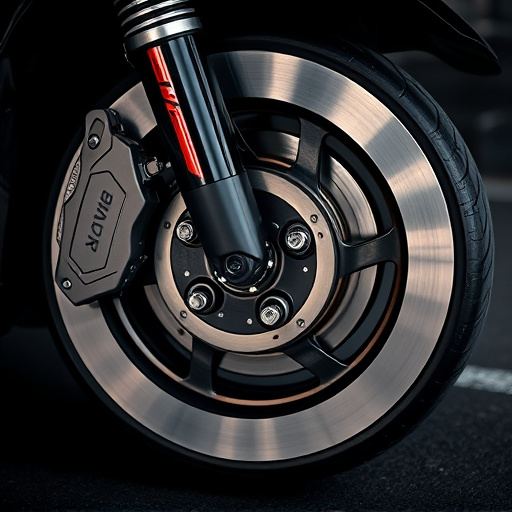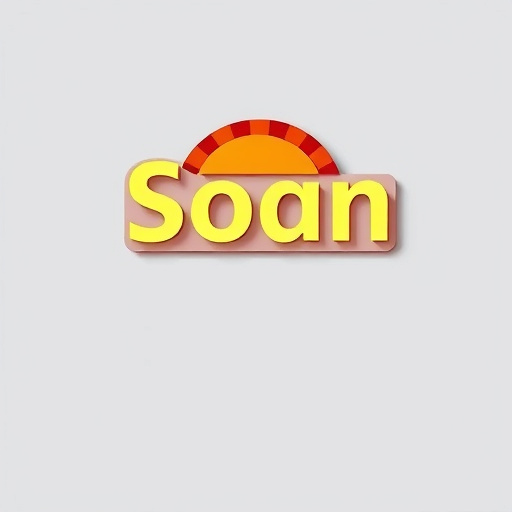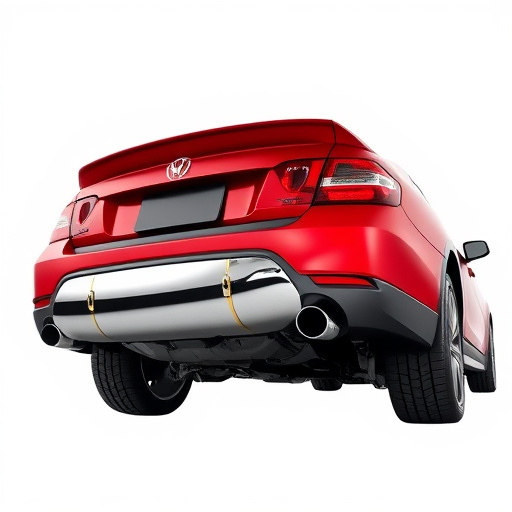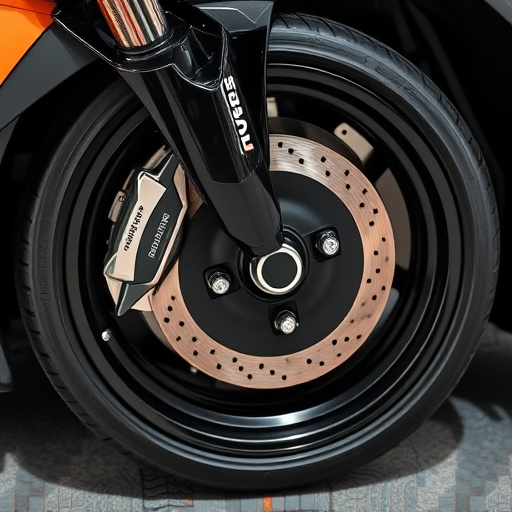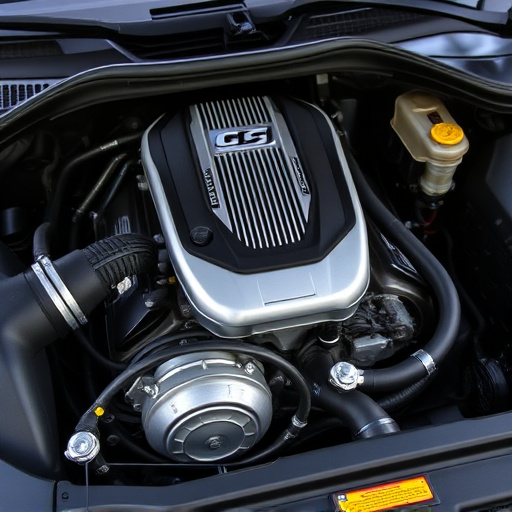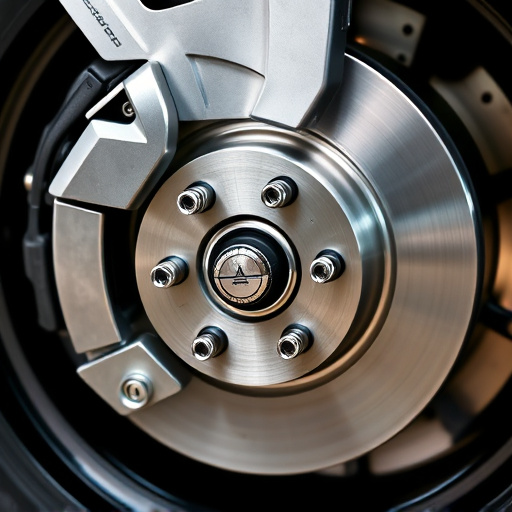Replacing an exhaust system at an exhaust system shop involves assessing your vehicle, sourcing compatible parts, removing old components, installing new parts like cat back exhausts or tips, testing for efficiency and safety, and potentially upgrading air intake systems. Job complexity, part availability, weather, workload, and supplier lead times influence the time taken, ranging from quick muffler replacements to longer custom exhaust systems. Optimizing shop services through streamlined communication, digital systems for scheduling, inventory management, and documentation can significantly speed up the process, improving customer satisfaction with vehicle performance.
Thinking about getting your exhaust system replaced? Understandably, you want to know how long it will take. The process varies based on several factors unique to your vehicle and the shop’s workflow. In this guide, we’ll walk you through the exhaust system replacement process, explain what influences turnaround time, and offer tips to optimize service—all from the perspective of an experienced exhaust system shop.
- Understanding the Exhaust System Replacement Process
- Factors Influencing the Timeframe for Replacement
- Optimizing the Service: Tips to Speed Up the Process
Understanding the Exhaust System Replacement Process
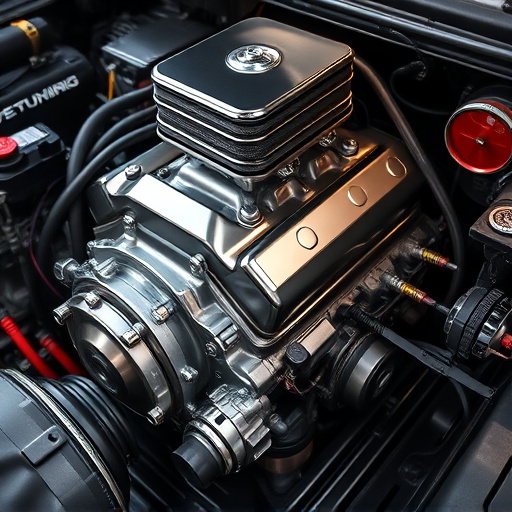
Replacing an exhaust system is a multifaceted process that varies in duration based on several factors. Typically, an exhaust system shop will begin by assessing your vehicle to understand the specific parts that need replacement and the extent of work required. This initial evaluation involves inspecting the current state of the exhaust system, which includes checking for damage or corrosion, as well as evaluating the condition of components like mufflers, pipes, and exhaust tips. Once the assessment is complete, the shop will source the necessary parts, ensuring they meet industry standards and fit your vehicle perfectly.
The actual replacement process involves several steps. The old exhaust system is carefully removed, often requiring the disassembly of various components to access hard-to-reach areas. New parts, including cat back exhaust systems or individual exhaust tips, are then installed according to precise specifications. Air intake systems might also be considered for upgrade during this time, as they play a crucial role in overall engine performance. After installation, the system is thoroughly tested to ensure it operates efficiently and safely, with no leaks or performance issues.
Factors Influencing the Timeframe for Replacement
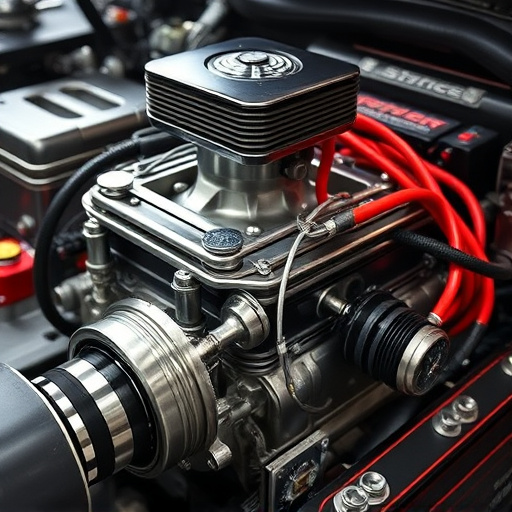
Several factors determine how long it takes an exhaust system shop to replace your vehicle’s exhaust components. One of the primary considerations is the complexity of the job, which varies based on the specific make and model of your car. For instance, replacing a simple muffler might be a quick in-and-out job, while installing a complete custom exhaust system with performance upgrades like high-flow catalytic converters or performance air filters could take significantly longer due to intricate fabrication and assembly processes.
Additionally, the availability of parts plays a crucial role. If the shop needs to order specialized components, especially for high-performance vehicles equipped with suspension kits or advanced performance brakes, lead times from suppliers can add several days to the replacement process. Weather conditions and the shop’s current workload are also factors that can impact the timeline, as unexpected delays may occur during installation due to adverse weather or a heavy schedule.
Optimizing the Service: Tips to Speed Up the Process
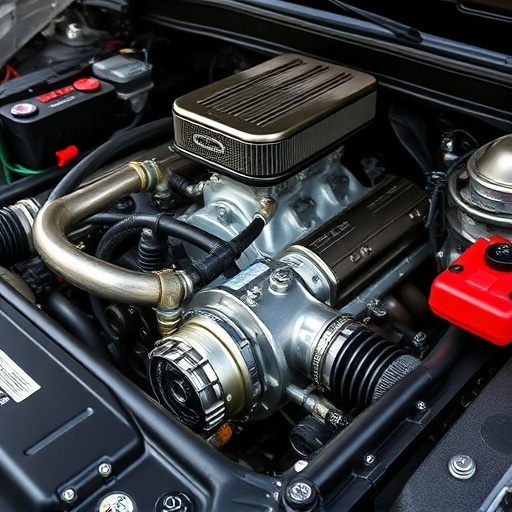
Optimizing the service your exhaust system shop provides can significantly speed up the process for customers. One effective tip is to streamline communication and coordination among staff. Clear lines of communication ensure that everyone involved in the replacement process, from initial assessment to final installation, are on the same page. This reduces miscommunication errors and expedites overall service.
Additionally, an exhaust system shop can enhance efficiency by implementing digital systems for scheduling, inventory management, and documentation. Using specialized software or online platforms for these tasks streamlines operations, minimizing paperwork and manual data entry. These digital exhaust tips not only save time but also reduce the risk of errors, leading to faster service turnaround times and improved customer satisfaction regarding vehicle performance.
When it comes to replacing your exhaust system, the time it takes can vary based on several factors. Understanding the process and optimizing your service can significantly speed up the journey towards a quieter, more efficient ride. Remember, an experienced exhaust system shop will prioritize your safety and quality, ensuring a job well done that aligns with your vehicle’s needs. So, whether you’re in a rush or simply aiming for efficiency, being informed is key to navigating the timeline of repairs.

